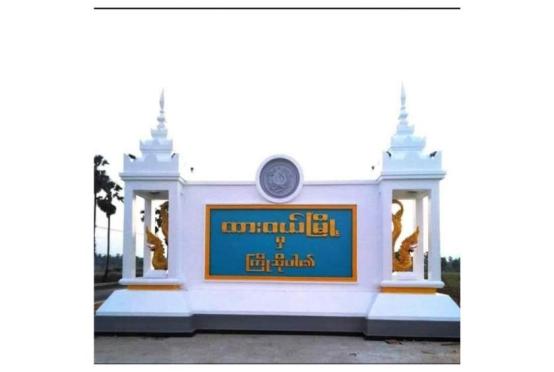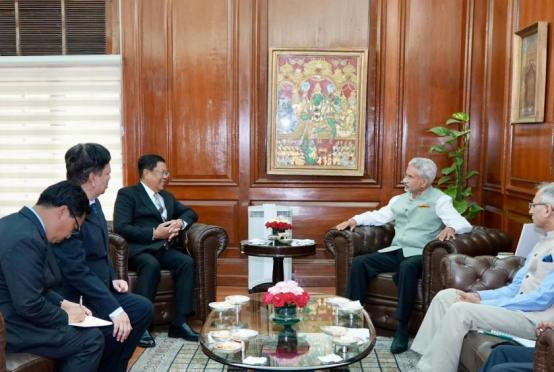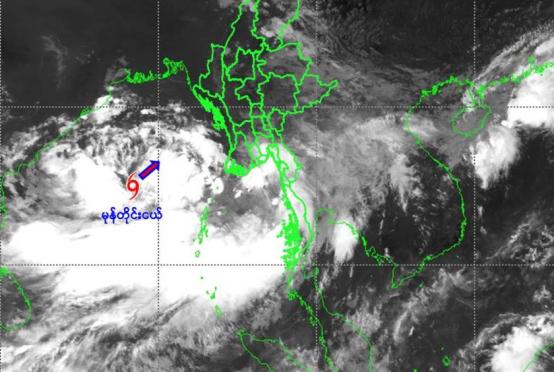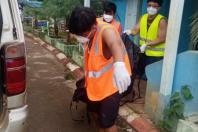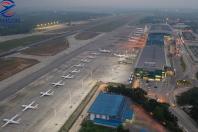KATHMANDU (The Kathmandu Post/ANN) - To achieve the goal, the contractor has to install and commission the laboratory at 39 high schools every week.
Installation of twenty-four computers, a projector, a multifunction printer, a router, Uninterrupted Power Supply device and solar panels (where necessary) in each of the 930 government high schools in six months across seven provinces.
That is what the Nepal Telecommunications Authority wants to achieve in its drive to equip public schools with much-needed ‘Information Technology Labs’ which it says will reduce the digital divide between students at public and private institutions.
For that, the telecom regulator has moved ahead with selection of a joint venture of three Nepali firms to execute the Rs 3.47 billion IT Lab project on Thursday as per its annual plan for this fiscal year and commitment to the government’s much-hyped digital Nepal campaign.
And if the authority is to achieve the target in stipulated time, it requires the contractor to install and commission the requisite equipment in 39 schools every week.
That translates to setting up all the equipment in at least 5 schools a day, all week round.
The plan is ambitious. But can it be achieved in six months?
The telecom regulator and IT experts say the project is doable in six months and the ball is now in the contractor and local stakeholder’s court.
“The plan to install the equipment in six month seems far fetched but if the contractor mobilises ample staffers across the country, it can be achieved in the stipulated time,” said Min Prasad Aryal, spokesperson of Nepal Telecommunications Authority. “It all depends on the number of technicians assigned by the contractor to undertake the project.”
According to Aryal, the telecom authority expects to finish equipping the selected schools in 71 districts within this fiscal year unless the contract goes into force majeure or if the contractor is not subjected to actions for systematic delays.
Establishment of information, communication and technology learning centers at schools is a key component of the agendas of school sector development plan 2016-2023 which envisages IT enabled teaching and learning.
But the plan has its challenges as the teachers who will have to impart knowledge through the use of IT labs lack proper expertise.
As per the government’s 2018 Digital Nepal Framework, the teachers, particularly at public schools and universities, have inadequate technical, content, and pedagogical support and poor IT awareness.
To address this, the telecommunications has made it mandatory for the selected firm to carry out Training of Teachers (TOT) in each district where the labs would be set up.
“Also, we have shortlisted only those schools who we found committed to the terms of Information Technology Laboratory Formation and Management Procedure and train at least two teachers or hire computer teachers to ensure optimum utilisation of the proposed infrastructure,” said Aryal.
Around 2000 high schools had applied for the telecom authority’s initiative and 930 were shortlisted.
There are also logistical challenges as the project also requires hauling of equipment to remote rural municipalities that have the selected high schools.
“The only way to achieve the target in six months and overcoming logistical challenges is through proactive participation from the ground level beneficiaries, the school administration,” said Hempal Shrestha, member of the Federation of Computer Association of Nepal.
“The local stakeholders and schools must recognise the benefits they will derive from the infrastructure and offer help to haul the equipment. Also, building IT labs is something already in practise so it is doable within the given time frame ,” added Shrestha while admiring the authority’s initiative.
The telecommunications authority has is funding the project from the Rural Telecommunication Development Fund which was created by pooling 2 percent of annual income of all the telecom operators.



